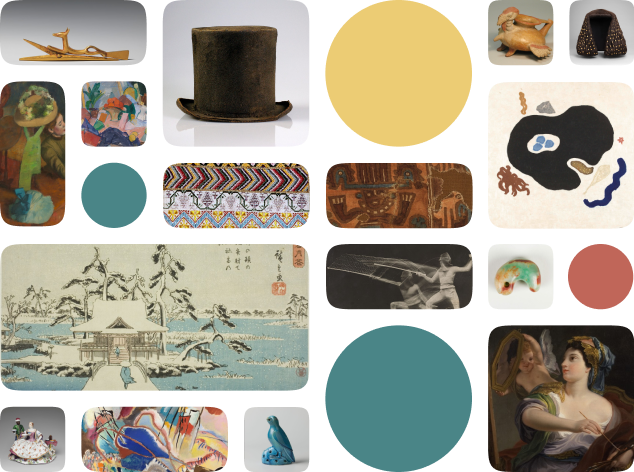Abaya Cloak
Creator Name
Cultural Context
Date
Source
About the work
The abaya is an Arabic garment that is worn by any gender. Historically, these cloaks were created to protect against the desert climate and to signify national or religious identity, or social status for people in Arab Gulf states. It is often worn by Islamic women as a symbol of modesty and to adhere to the rules of "female veiling" required by Islamic law. Calls for modesty extend to men as well as women; Sunni Islam requires men to cover themselves from their belly button to their knees. Women traditionally must cover most of their body.
Metropolitan Museum of Art Object Description
Cloak
Work details
"--" = no data available
Title
Creator
Worktype
Cultural Context
Material
Dimensions
Technique
--
Language
--
Date
Provenance
Style Period
--
Rights
Inscription
--
Location
Source
Subjects
Topic
--
Curationist Metadata Contributors
All Works in Curationist’s archives can be reproduced and used freely. How to attribute this Work:
Unknown, Abaya Cloak, late 19th–early 20th century. Metropolitan Museum of Art. Abayah have been worn by people in the Middle East for centuries, with many regional and cultural variations. This particular example is made of silk. Public Domain.
Help us improve this content!
Let our archivists know if you have something to add.
Save this work.
Start an account to add this work to your personal curated collection.
